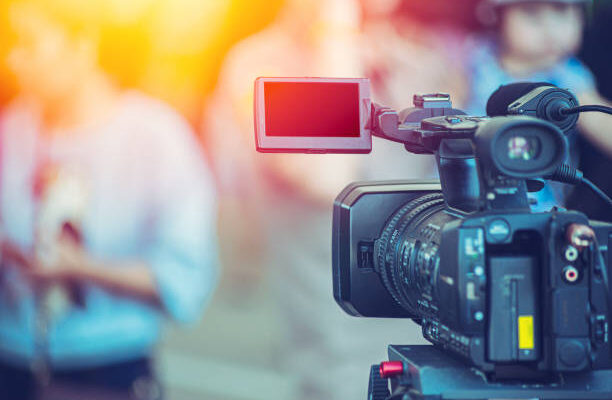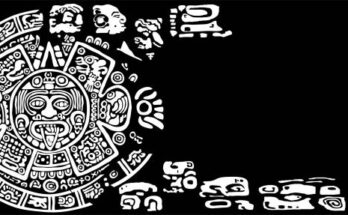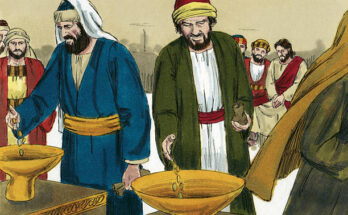In the modern era, the relationship between religion and media has undergone a transformative evolution. As technological advancements continue to shape the way we communicate and access information, the influence of media on religious beliefs and practices has become more profound than ever. This article explores the dynamic interplay between religion and media, examining how various forms of media, from traditional outlets to digital platforms, impact religious discourse and shape the spiritual landscape.
-
The Power of Traditional Media
 (Photo from iStock)
(Photo from iStock)
Historically, traditional media outlets such as television, radio, and print have played a significant role in shaping religious narratives and disseminating information to a wide audience. Religious leaders have utilized these platforms to reach believers, spread their teachings, and address societal issues through the lens of faith. One notable example is the role of televised religious sermons, where charismatic preachers captivate audiences and influence their beliefs.
Television, as a powerful visual medium, has the ability to convey religious ceremonies, rituals, and events to viewers around the world. The advent of religious broadcasting has allowed believers to participate in religious activities from the comfort of their homes. Additionally, religious documentaries and programs provide a platform for deeper exploration of various faiths, fostering understanding and tolerance among diverse religious communities.
-
The Impact of Social Media on Faith
The rise of social media has ushered in a new era in the intersection of religion and media. Platforms like Facebook, Twitter, Instagram, and YouTube have become powerful tools for religious leaders, organizations, and believers to connect, share their beliefs, and engage in discussions. Social media enables the instantaneous spread of religious messages, reaching a global audience within seconds.
Religious leaders now use social media platforms to share daily reflections, live-stream religious services, and engage in interactive Q&A sessions with their followers. The immediacy of social media fosters a sense of community among believers, transcending geographical boundaries. However, it also poses challenges, as the unfiltered nature of online discourse can lead to the rapid spread of misinformation and the amplification of extreme views.
-
The Role of Online Platforms in Religious Education
 (Photo from iStock)
(Photo from iStock)
In addition to fostering community, digital media has become a crucial tool for religious education. Online platforms offer a wealth of resources, from podcasts and webinars to online courses and virtual study groups. These resources allow believers to deepen their understanding of their faith, access religious texts, and engage in theological discussions.
Religious organizations and scholars utilize websites and apps to provide easily accessible content for followers seeking to enhance their spiritual knowledge. This democratization of information empowers individuals to explore various religious perspectives and engage in a more informed and critical discourse about their beliefs. However, it also raises concerns about the accuracy and authenticity of online religious teachings.
-
Challenges and Opportunities in the Digital Age
While the marriage of religion and media brings about numerous opportunities, it also presents challenges that require careful consideration. One such challenge is the potential for the manipulation of religious narratives through digital media. The spread of fake news and the ease with which manipulated images and videos can be created pose risks to the integrity of religious messages.
Furthermore, the constant connectivity facilitated by digital media raises questions about the impact of information overload on individuals’ spiritual well-being. The barrage of diverse perspectives and conflicting beliefs can lead to confusion and uncertainty among believers, challenging the traditional authority structures within religious communities.
Navigating the delicate balance between embracing technological advancements and preserving the authenticity of religious teachings is an ongoing challenge. However, it is crucial for religious leaders and believers alike to harness the positive aspects of media while actively addressing the potential pitfalls.
-
Religious Movements in the Digital Sphere
 (Photo from iStock)
(Photo from iStock)
The digital age has given rise to new religious movements that find their roots in online communities. From virtual churches and religious forums to online meditation groups. These movements demonstrate the adaptability of faith in the face of evolving media landscapes. The internet provides a platform for niche religious communities to thrive. Fostering connections among like-minded individuals who may be geographically dispersed.
Moreover, digital media has played a pivotal role in amplifying the voices of marginalized religious groups and providing a platform. For religious expression that transcends traditional boundaries. Social justice movements driven by religious values find resonance on various online platforms. Allowing believers to advocate for positive change on a global scale.
-
Media Representation of Religion
The way religion is portrayed in mainstream media significantly influences public perceptions and attitudes toward different faiths. Television shows, movies, and news coverage shape the narrative around religious practices and beliefs. Contributing to the construction of societal norms and expectations.
While some media representations aim for accuracy and cultural sensitivity, others may perpetuate stereotypes or misrepresent religious traditions. The responsibility lies with media outlets to approach religious content with a nuanced understanding. Further, to actively work toward fostering interfaith dialogue and understanding. Hence, the media representation plays a vital role in formulating and influencing our own religious beliefs.
Conclusion
The dynamic relationship between religion and media continues to evolve in the digital age. Traditional media outlets, social media platforms. And online resources all contribute to shaping religious beliefs, fostering community. Moreover, influencing societal attitudes toward faith. As we navigate this intricate intersection, it is essential for religious leaders, media professionals. And believers to collaborate in promoting responsible and informed discourse.
While challenges such as misinformation and the potential for manipulation exist, the opportunities presented by digital media for religious education. Community-building, and global advocacy cannot be ignored. By actively engaging with the media and leveraging its potential. Religious communities can navigate the complexities of the digital age while staying true to the core values. That define their faith. As technology continues to advance, the relationship between religion. And media will undoubtedly remain a fascinating and evolving aspect of our interconnected world.




